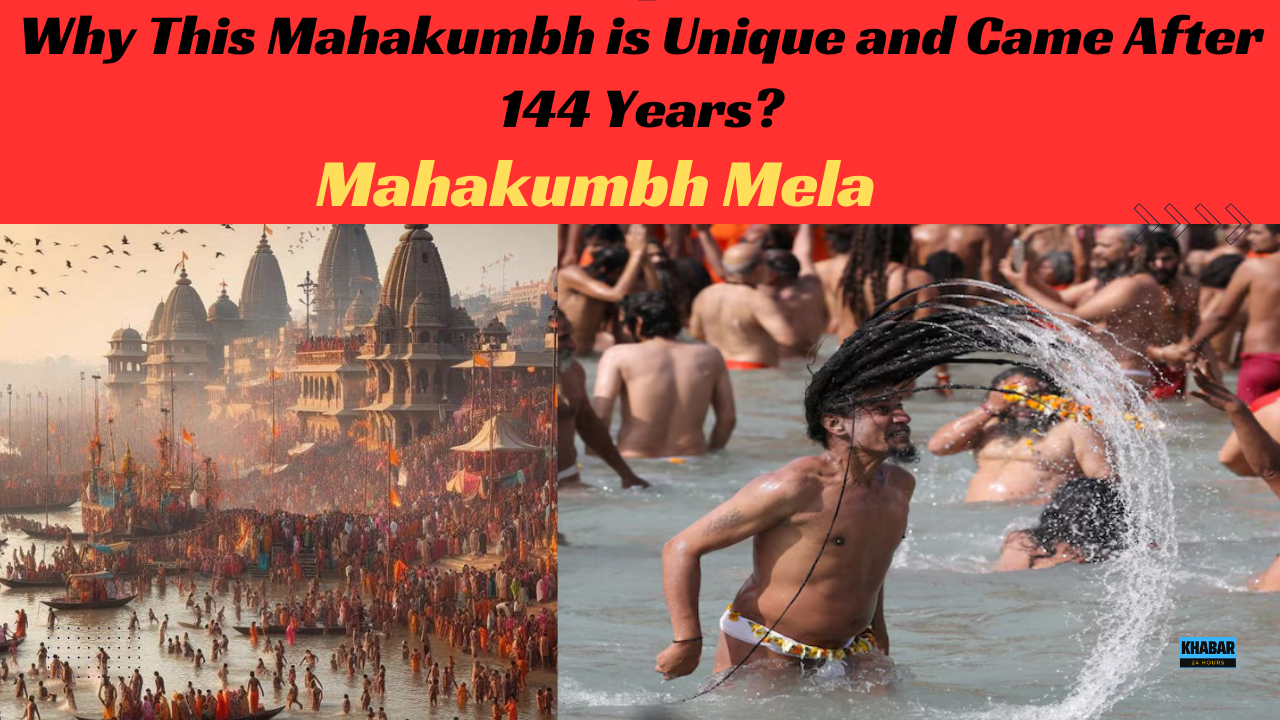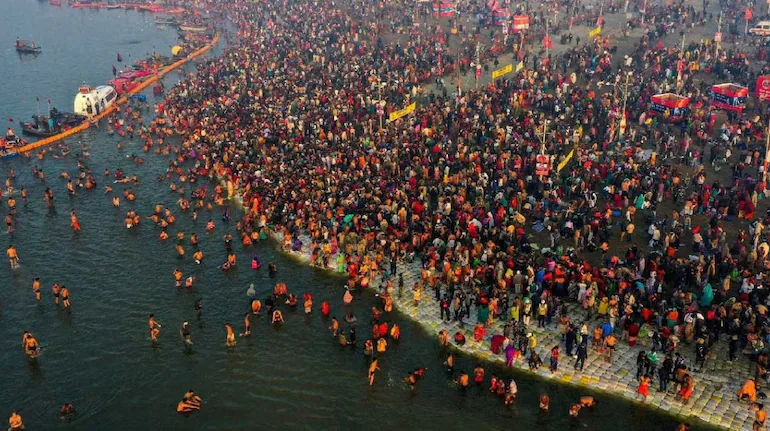
The Mahakumbh Mela, held every 12 years in Prayagraj (formerly Allahabad), is one of the most significant and largest spiritual gatherings in the world. This ancient Indian festival celebrates faith, devotion, and spirituality, attracting millions of pilgrims, ascetics, and tourists from across the globe. Rooted in mythology and tradition, the Mahakumbh Mela is a spectacular manifestation of India’s rich cultural and religious heritage.
Historical and Mythological Significance
The origins of the Kumbh Mela trace back to the Hindu mythology of the “Samudra Manthan” (churning of the ocean). According to legend, during the churning, the gods (Devas) and demons (Asuras) fought over the divine nectar of immortality (Amrita). In the ensuing battle, drops of this nectar spilled over four sacred locations: Prayagraj, Haridwar, Ujjain, and Nashik. These places became the sites for the Kumbh Mela, where devotees believe that bathing in the holy rivers can cleanse their sins and lead to spiritual liberation.

Why Prayagraj?
Prayagraj holds a unique position in the Kumbh Mela as it is the confluence (Sangam) of three sacred rivers: the Ganga, Yamuna, and the mythical Saraswati. This “Triveni Sangam” is considered the holiest bathing site, drawing millions of devotees seeking blessings and purification. The Mahakumbh at Prayagraj is considered the most auspicious among the four locations due to its unparalleled spiritual significance.
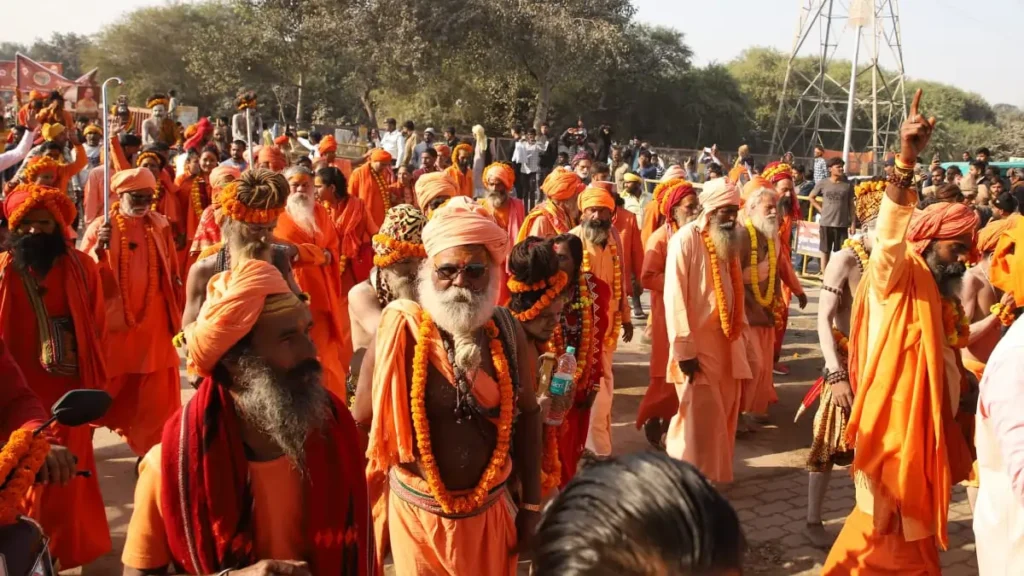
Rituals and Activities
- Shahi Snan (Royal Bath): The highlight of the Mahakumbh is the Shahi Snan, where Naga Sadhus (ascetic warriors), saints, and spiritual leaders take ceremonial dips in the river. These baths are scheduled on auspicious dates calculated according to Hindu astrology.
- Pilgrimage and Bathing: Devotees from all walks of life participate in ritual bathing, believing it to cleanse them of sins and pave the way to Moksha (liberation).
- Discourses and Sermons: The Mahakumbh also serves as a platform for religious discourses and spiritual teachings. Renowned saints and scholars address large gatherings, discussing Vedic scriptures and philosophical concepts.
- Cultural Extravaganza: Beyond religious activities, the Mahakumbh showcases India’s vibrant cultural diversity through folk music, dance, art exhibitions, and traditional crafts.
Organization and Scale
The Mahakumbh is a logistical marvel, often described as the largest temporary city on Earth. The government and local authorities work tirelessly to provide essential services, including:
- Housing: Millions of pilgrims are accommodated in temporary tents, ashrams, and dharamshalas.
- Healthcare: Medical camps are set up to handle emergencies and provide free healthcare services.
- Security: Thousands of police personnel and volunteers ensure safety and manage crowd control.
- Sanitation: State-of-the-art sanitation facilities are deployed to maintain cleanliness in the massive congregation.
Environmental Impact
The massive scale of the Mahakumbh poses significant environmental challenges, particularly in terms of waste management and water pollution. Efforts are made to promote eco-friendly practices, including the use of biodegradable materials, waste segregation, and clean-up drives. Public awareness campaigns encourage pilgrims to maintain the sanctity of the river and its surroundings.
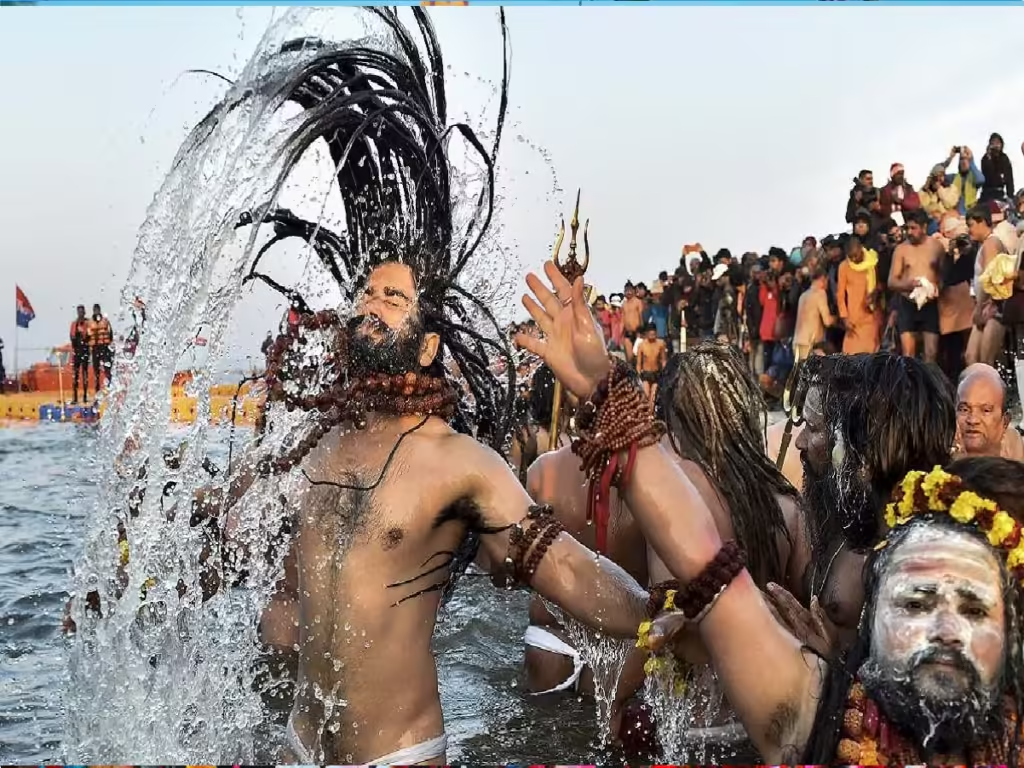
Global Appeal
In recent years, the Mahakumbh has gained international recognition, attracting spiritual seekers, scholars, and curious travelers from around the world. Its inclusion in UNESCO’s list of Intangible Cultural Heritage has further enhanced its global appeal.
The Mahakumbh, one of the most sacred gatherings in Hinduism, is celebrated every 12 years at four holy locations in India: Haridwar, Prayagraj, Nashik, and Ujjain. While the Kumbh Mela follows a 12-year cycle, the Mahakumbh at Prayagraj becomes unique due to its astrological significance, occurring once every 144 years.
This rarity is dictated by a unique planetary alignment, which occurs when Jupiter, Sun, and Moon align in the zodiac of Aquarius (Kumbh Rashi) and Aries (Mesha Rashi) simultaneously. This alignment is said to intensify the spiritual energy, making it the most auspicious time for devotees to take a holy dip in the sacred rivers.
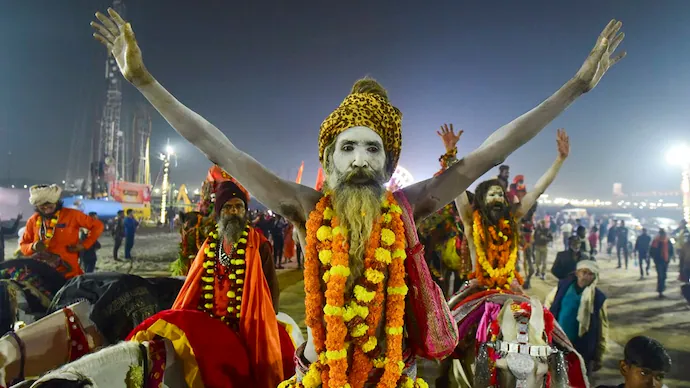
The Significance of the 144-Year Gap
The number 144 represents 12 cycles of 12 years each, known as a Maha Parv, which holds immense spiritual significance in Hinduism. According to Vedic astrology, the alignment of heavenly bodies during this period is believed to open cosmic channels for spiritual cleansing and enlightenment. Thus, the Mahakumbh of 2025 holds immense significance, as it allows devotees to participate in this once-in-a-lifetime event.

What Makes the 2025 Mahakumbh Special?
The 2025 Mahakumbh is extraordinary, not only because of its astrological rarity but also due to the scale of participation and preparation. Millions of pilgrims, saints, and spiritual seekers from around the globe are expected to gather at Prayagraj to take a holy dip in the Triveni Sangam—the confluence of the Ganga, Yamuna, and the mythical Saraswati rivers. The holy dip is believed to cleanse sins and pave the way to Moksha (liberation).
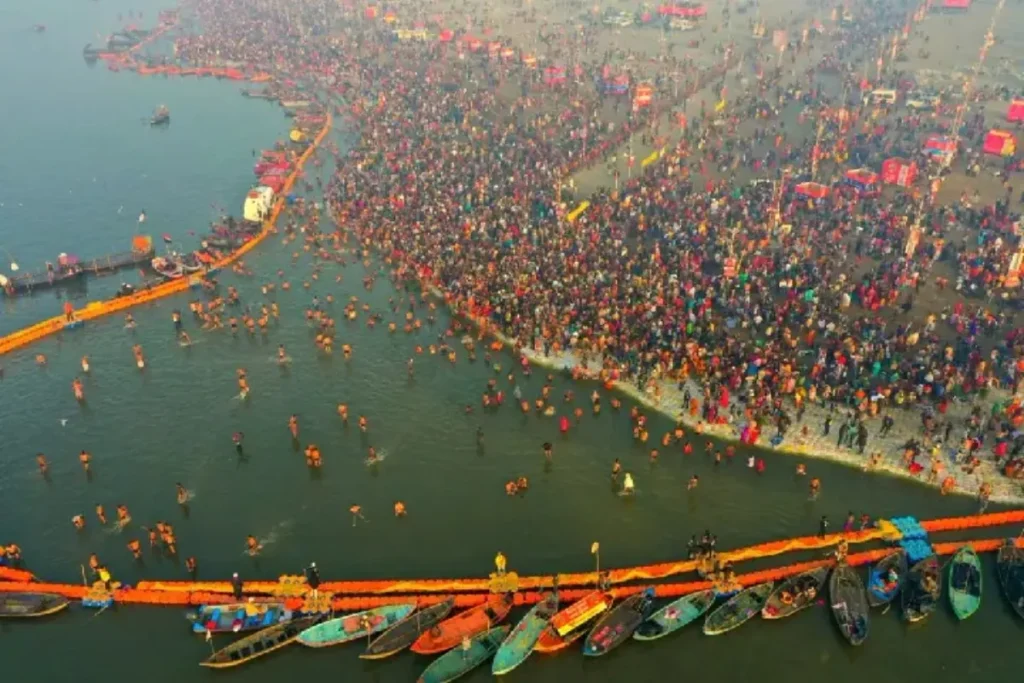
Cultural and Historical Context
The Mahakumbh has been a cornerstone of Indian culture for centuries, with references found in ancient texts like the Puranas. The 144-year cycle is a testament to the deep connection between cosmic events and spiritual practices in Hinduism, emphasizing the importance of aligning human life with celestial rhythms.
This Mahakumbh is not just a religious event but also a celebration of India’s ancient heritage, showcasing art, culture, and the spirit of unity amidst diversity. For those fortunate enough to participate, this Mahakumbh is a rare opportunity to witness and be part of a tradition that bridges the earthly and the divine.
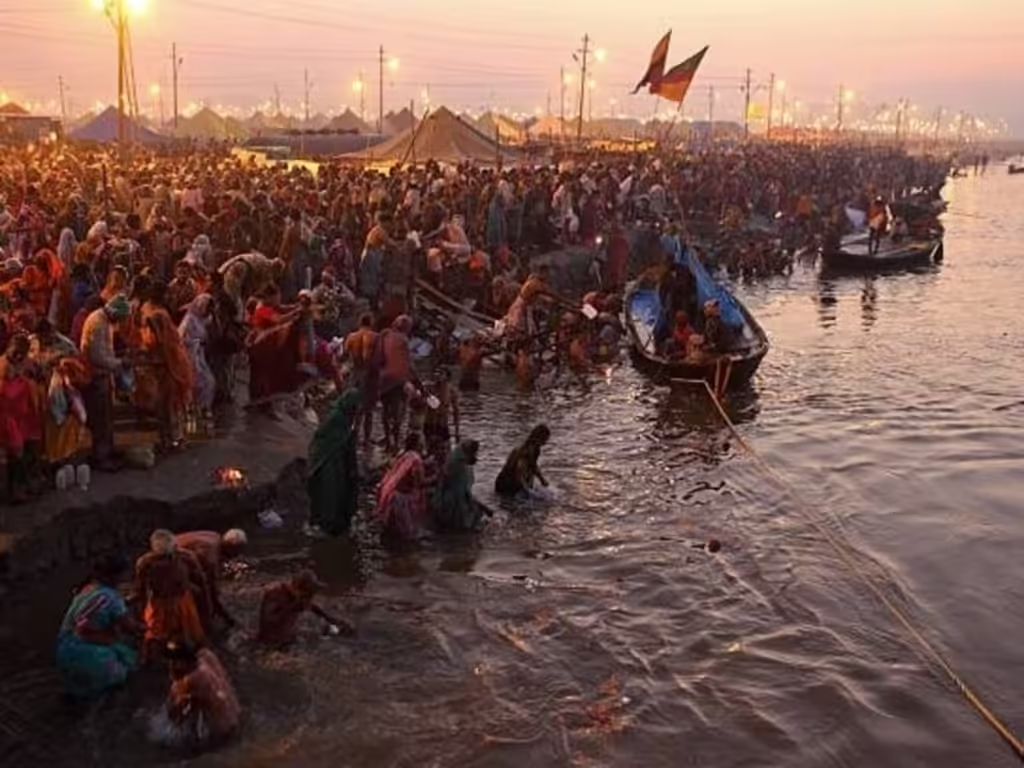
Conclusion
The Mahakumbh Mela in Prayagraj is not just a religious event but a phenomenon that transcends boundaries, uniting humanity in its quest for spirituality and enlightenment. It is a testament to India’s timeless traditions, offering a glimpse into its profound philosophical and cultural ethos. For those who partake in this extraordinary gathering, the Mahakumbh is an experience that leaves an indelible mark on their spiritual journey.

